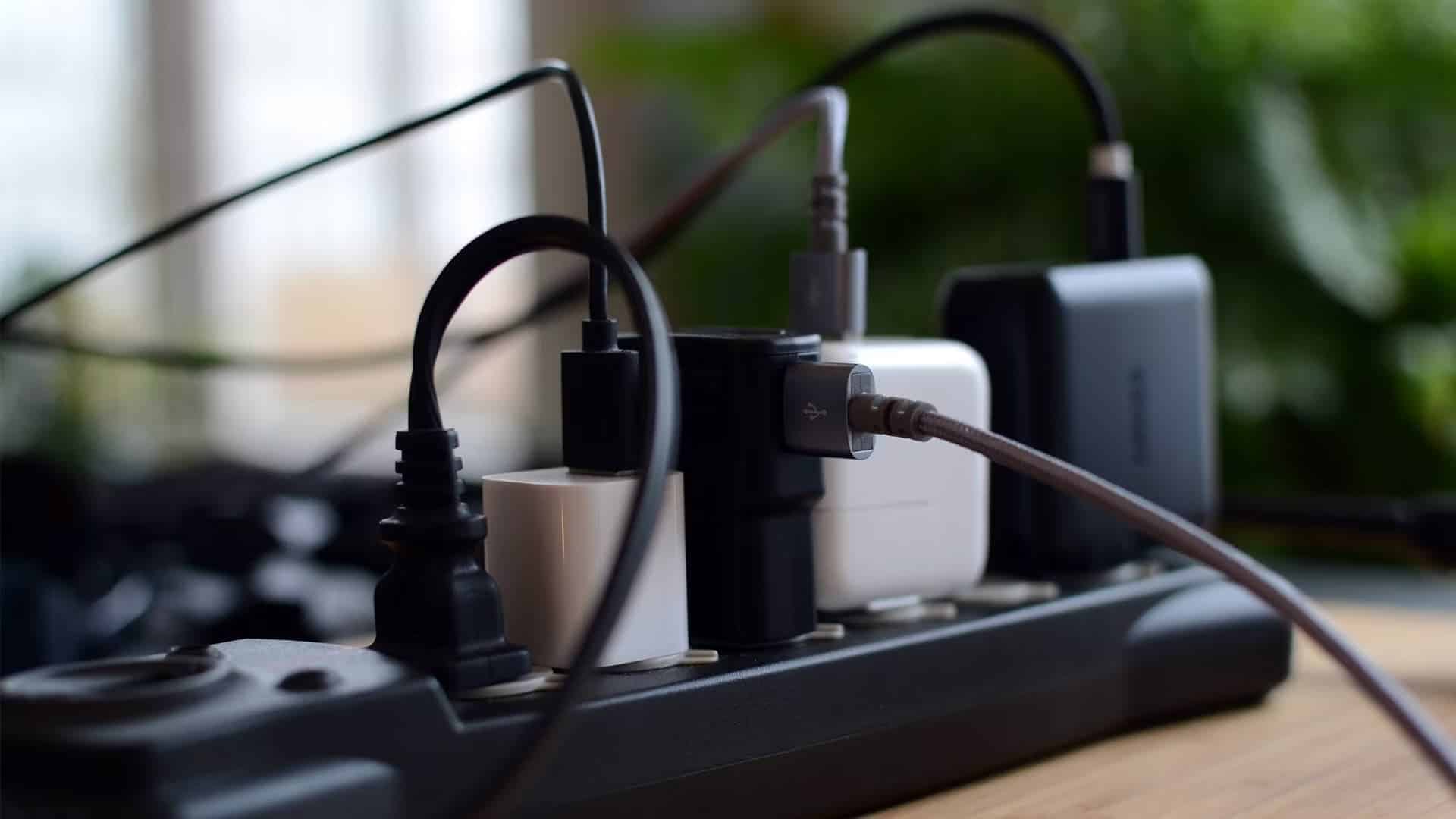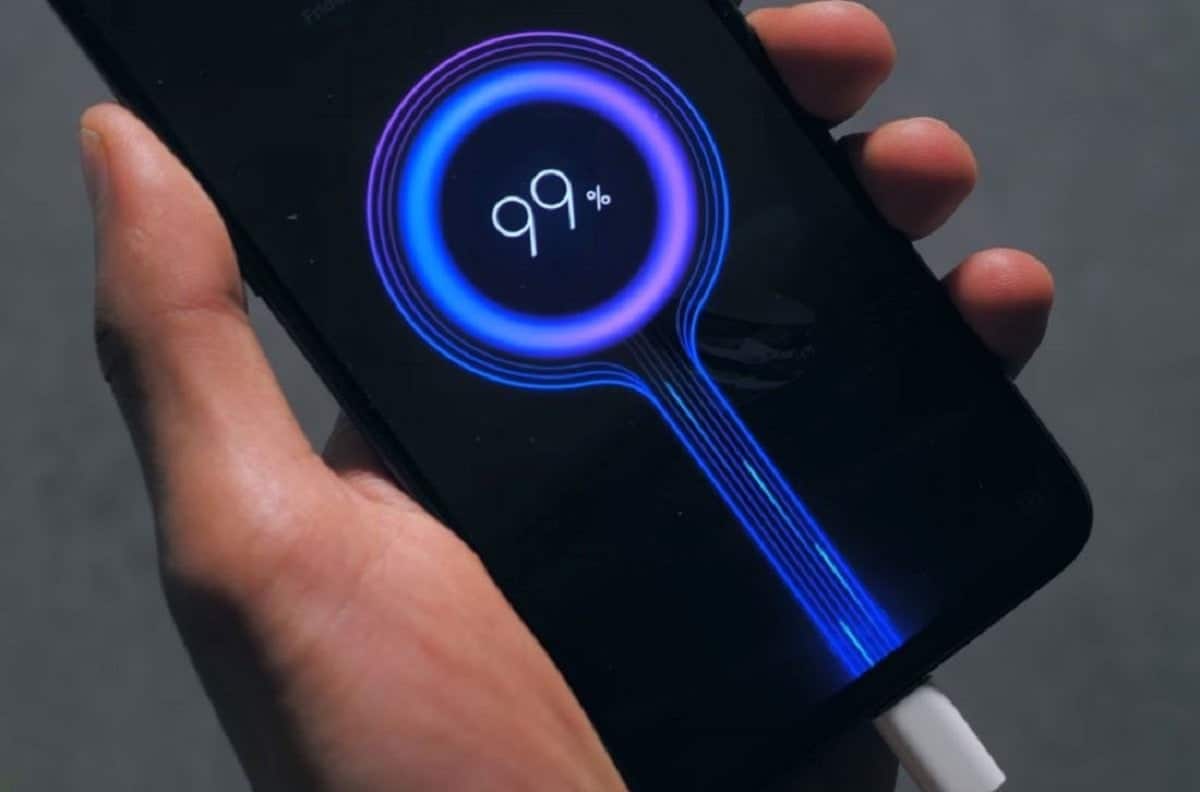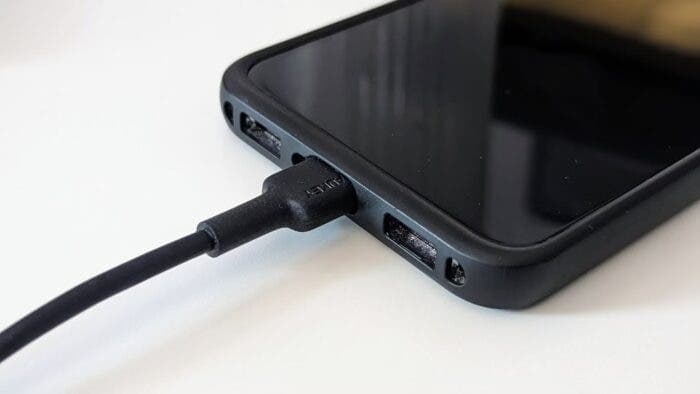Modern phone chargers, when functioning properly, pose minimal risk when left plugged in even without a device connected. However, understanding the implications of standby power consumption and potential safety hazards can help us make informed decisions about this common practice.
The Minimal Impact of Leaving Phone Chargers Plugged In: Energy, Safety, and Responsible Practices

Standby Power Consumption: A Negligible Cost, But an Accumulative Issue
Modern chargers are designed with efficiency in mind. When not actively charging a device, they enter a standby mode that draws a minuscule amount of power. This standby consumption typically falls below 0.05 watts per hour, making it nearly undetectable by most household energy monitors.
Translating this into cost, keeping a charger plugged in 24/7 for an entire year would translate to an electricity expense of roughly €0.02 (based on average March 2024 electricity prices in the regulated market). This negligible cost highlights the minimal financial impact of leaving a charger plugged in.
However, the cumulative effect of these small energy draws across millions of households becomes noteworthy. While the individual cost is insignificant, the collective energy waste can add up. This emphasizes the importance of responsible energy consumption practices, even for seemingly insignificant amounts.
Safety Considerations: A Focus on Quality and Risk Minimization
The risk of a charger overheating or causing a fire incident is minimal under normal circumstances. Modern safety regulations and advancements in manufacturing have significantly reduced these possibilities. Additionally, reputable brands prioritize safety features and high-quality materials.
However, the possibility of a malfunction, even if rare, cannot be entirely discounted. Potential causes could include:
- A manufacturing defect that surfaces after extended use.
- A charger of subpar quality not meeting safety standards.
- Electrical issues within the home’s wiring system.
- Accidental damage to the charger cable.
While these scenarios are uncommon, they highlight the importance of using certified chargers from reputable brands. Additionally, regularly inspecting your chargers for signs of damage like fraying cables is recommended.
Although the likelihood of an accident is very low, the principle of “better safe than sorry” holds true. Disconnecting chargers when not in use provides an extra layer of security, especially if the charger is not actively monitored.
Striking a Balance: Convenience vs. Responsible Consumption
The convenience of a readily available charger is undeniable. However, promoting responsible energy consumption and prioritizing safety require a balanced approach. Here are some key points to consider:
- For frequent charging: If you charge your phone multiple times a day, keeping the charger plugged in might be the most convenient option. The negligible energy consumption is unlikely to be a significant concern in this scenario.
- For infrequent charging: For those who charge less frequently, disconnecting the charger when not in use becomes a more viable option. This helps minimize standby power consumption and contributes to a more sustainable approach.
- Travel considerations: When traveling, it’s wise to disconnect chargers upon completion to avoid unnecessary energy use during your absence.
- Prioritize safety: Always use certified chargers from reputable brands. Regularly inspect the cables for damage. Disconnect chargers that exhibit signs of overheating or malfunction.

Beyond Phone Chargers: Expanding Our Perspective on Phantom Power
While phone chargers serve as a relatable example of standby power consumption, the issue extends far beyond these ubiquitous devices. Numerous electronics in our homes exhibit similar behavior, silently drawing minimal amounts of power even when not actively in use. Here’s a broader look at this phenomenon:
-
Hidden Culprits: Many everyday electronics, including TVs on standby mode, computers in sleep mode, game consoles, and even some kitchen appliances, contribute to phantom power consumption. These seemingly innocuous draws can accumulate over time, impacting overall energy usage.
-
Quantifying the Impact: While individual devices might consume minimal standby power, the combined effect can be significant. Studies estimate that phantom power can account for up to 10% of a household’s total energy consumption. This translates to wasted energy and unnecessary strain on our energy grids.
-
Addressing the Issue: Several strategies can help us minimize phantom power consumption:
-
Power Strips with On/Off Switches: Utilizing power strips with individual on/off switches allows you to completely de-energize electronics when not in use. This eliminates standby power draw from all connected devices.
-
Smart Plugs: Investing in smart plugs allows for remote control of electronics. You can schedule power on and off times, ensuring devices are only powered when needed.
-
Energy Star Certified Products: Opting for Energy Star certified electronics signifies a commitment to energy efficiency. These devices typically exhibit lower standby power consumption.
-
Unplugging Unused Devices: Developing the habit of unplugging unused devices like phone chargers, laptops, and kitchen appliances can significantly reduce phantom power draw.
-
The Environmental and Economic Implications
The collective impact of phantom power consumption extends beyond individual electricity bills. Here’s a look at the broader implications:
-
Environmental Impact: The additional energy demand from phantom power translates to increased dependence on fossil fuels for electricity generation. This contributes to greenhouse gas emissions and air pollution, impacting our environment.
-
Economic Impact: Excess energy consumption strains the capacity of power grids, potentially leading to brownouts and blackouts. Additionally, the reliance on fossil fuels for phantom power generation necessitates increased exploration and extraction, contributing to environmental damage and economic costs.
Promoting Responsible Consumption: A Collective Effort
Addressing phantom power consumption requires a multi-pronged approach:
-
Individual Responsibility: As discussed earlier, adopting simple habits like unplugging unused devices and utilizing power strips can significantly reduce phantom power draw.
-
Manufacturer Responsibility: Manufacturers hold significant power in influencing standby power consumption. Designing electronics with lower standby power draws and promoting energy-efficient features are crucial steps.
-
Government Regulations: Implementing stricter regulations on standby power consumption for electronics can incentivize manufacturers to prioritize energy efficiency.
-
Public Awareness Campaigns: Raising awareness about phantom power consumption empowers individuals to make informed decisions and adopt responsible practices.
By working together, individuals, manufacturers, and policymakers can collectively address the issue of phantom power consumption, leading to a more sustainable and energy-efficient future.
In conclusion, while leaving a phone charger plugged in poses minimal risk and cost individually, the broader issue of phantom power consumption from various electronics necessitates a shift towards responsible practices. By understanding the environmental and economic implications, we can adopt strategies like unplugging unused devices, utilizing energy-efficient products, and advocating for stricter regulations to collectively create a more sustainable future.


nice subject, nice article